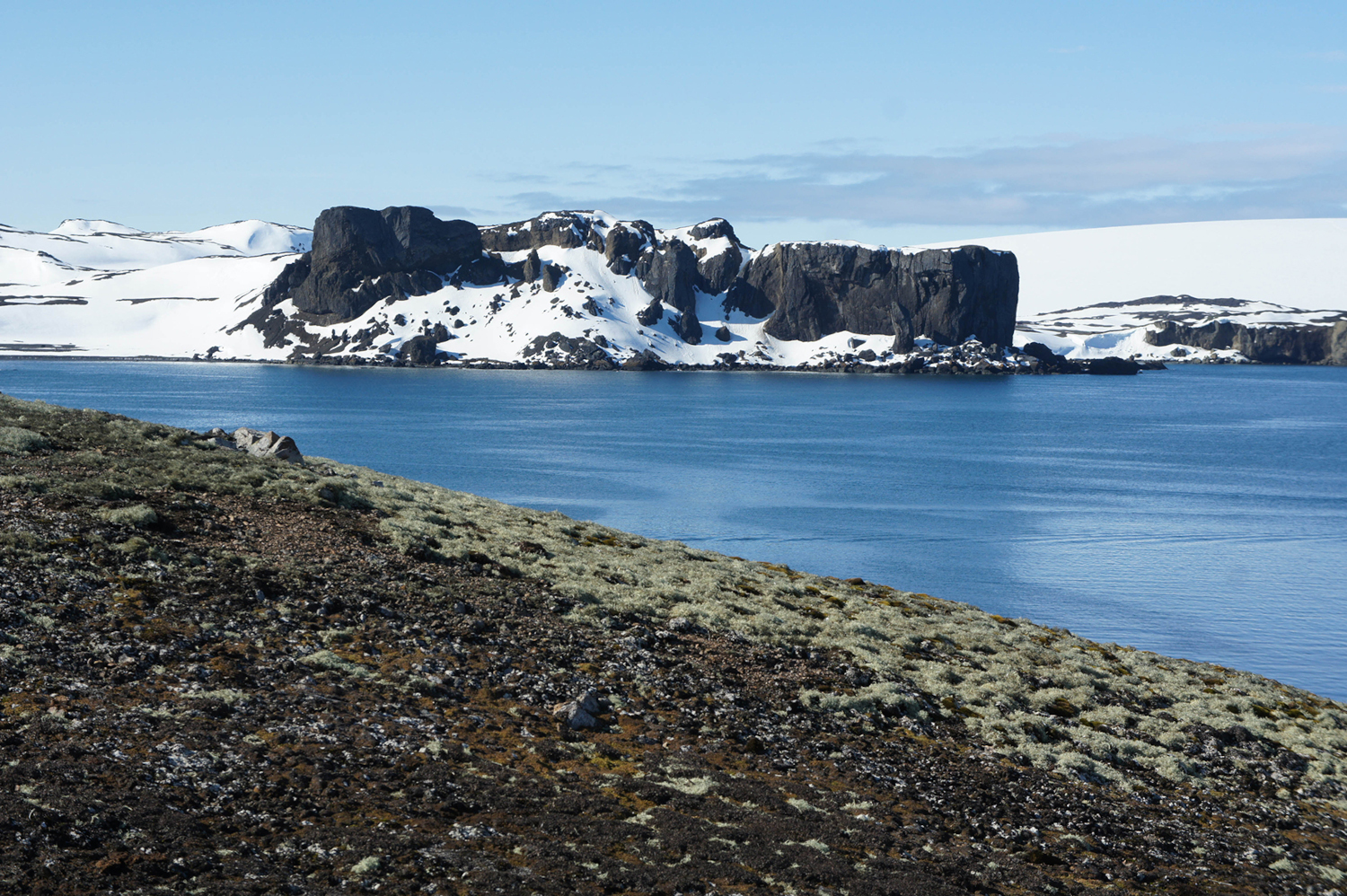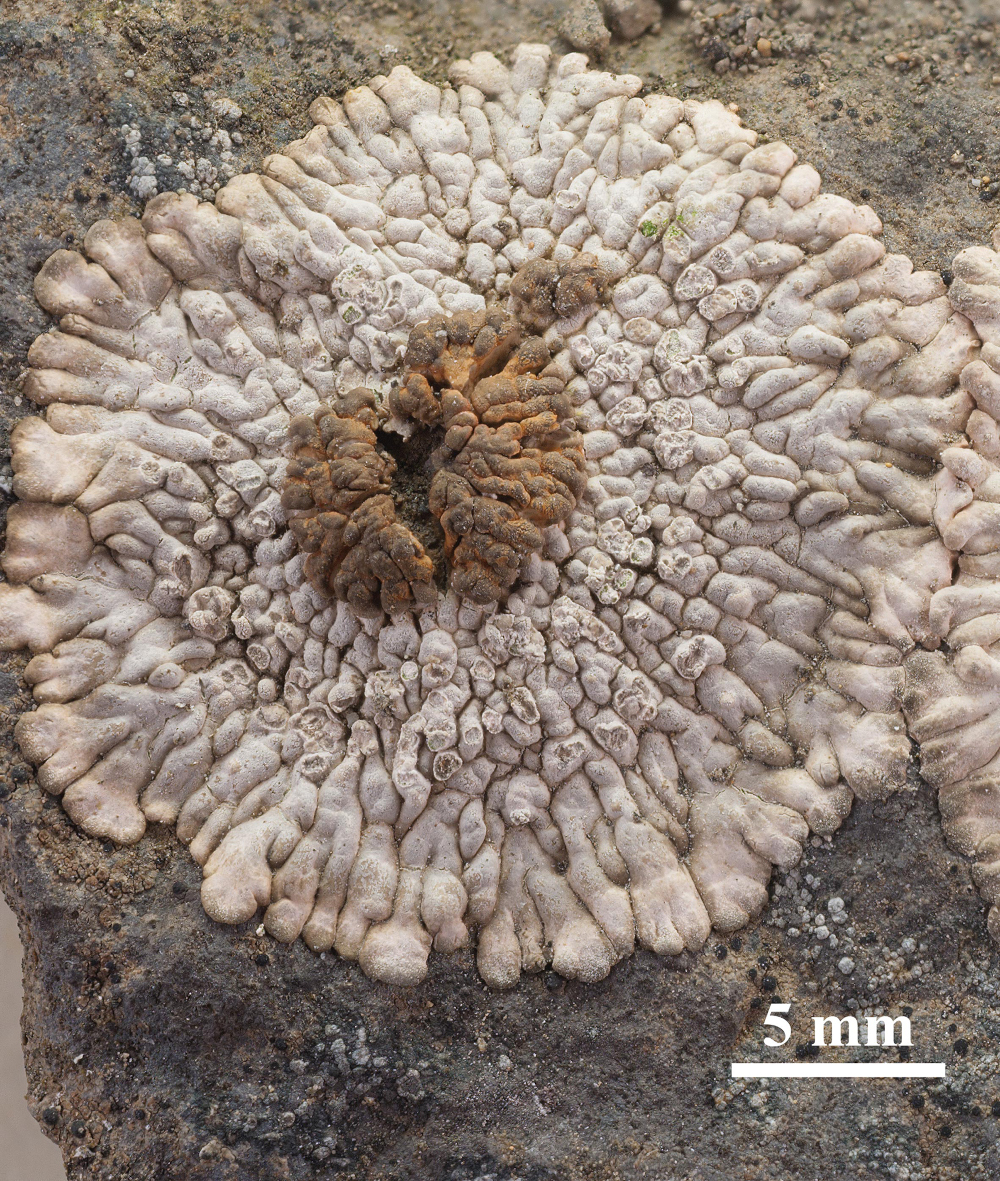Climate change – lichens, the first settlers after the big glacial retreat
Lichens are among the first organisms to recolonize rocks or stony soils after glacial retreat. Researchers from the Bavarian State Collection for Botany (SNSB-BSM), among others, studied lichen vegetation after the melting of ice masses in Antarctica. The scientists published their results in early May in the scientific journal Symbiosis.
Climate change has a major impact on the development of ecosystems on Earth. Climate change is particularly noticeable in Antarctica: for example, King George Island, an island in Antarctica’s South Shetland Islands, has experienced the world’s highest temperature increase during the past 60 years, at 3.0°C. Scientists expect Antarctica’s ice-free areas to increase by a quarter by the end of the century. This will also be reflected in ecosystems.
Lichens are symbiotic communities between fungi and photosynthesizing green algae or cyanobacteria. They are particularly well adapted to extreme sites and often form the pioneer vegetation on areas released by ice melt. Therefore, Antarctic ice-free habitats are largely dominated by lichens. Colonization changes steadily with the increasing “age” of the terrain: The longer an area is ice-free, the more species-rich the lichen communities are. One reason for this is that more nutrients are available to the organisms.
A research group led by Andreas Beck, curator at the Bavarian State Collection for Botany (SNSB-BSM), in cooperation with a researcher from Temuco (Chile), studied the lichen communities of the genus Placopsis from the South Shetland Islands (maritime Antarctica) and their green algal symbionts. Lichen communities from diverse sites of different deglaciation phases were studied. The crustose lichen Placopsis occurs worldwide with about 60 species. It has its greatest diversity in the southern hemisphere. Until now, little was known about its green algal symbionts.
First, DNA analyses showed that the pioneer lichens Placopsis antarctica and Placopsis contortuplicata are genetically closely related sister species. The same green algal symbionts were identified for both species: the equally closely related Stichococcus antarcticus and Stichococcus allas. Species of this green algae genus were previously known to scientists to occur worldwide almost only as free-living forms. The relationship of the Antarctic Stichococcus species is remarkable: Their genetically closest relatives are found in the soils of the Swiss and Austrian Alps – also near glaciers. Because of their small size, transport by winds would be possible, but also very difficult due to the prevailing wind direction, according to Andreas Beck, lead author of the study. But their habitats – despite the great distance – are quite similar: bare and affected by glacial retreat.
The researchers were particularly surprised to find that the genetic variability of the green algae increases with the length of time the area they inhabit is ice-free. Some genetic variants are restricted to the longest ice-free areas. Thus, not only does the species richness of lichen communities increase, but so does the genetic variability of symbiotic partners. “The different surface ages of soils are probably not the cause of this genetic variation in green algae. Variables such as temperature differences, length of snow cover, or distance from the coast could be responsible. Further studies are needed to clarify this,” explains Andreas Beck.
Publication:
Beck, A., Bechteler, J., Casanova-Katny, A., Dzhilyanova, I. 2019 The pioneer lichen Placopsis in maritime Antarctica: Genetic diversity of their mycobionts and green algal symbionts, and their correlation with deglaciation time. Symbiosis 79, 1–24 (2019). https://doi.org/10.1007/s13199-019-00624-4
Contact:
Dr. Andreas Beck
SNSB – Botanische Staatssammlung München
Menzinger Str. 67, 80638 München
Tel.: 089 17861 266
E-Mail: beck@snsb.de



